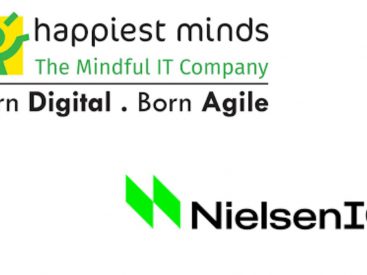Digital transformation is becoming increasingly predominant—and increasingly important—across a large cross-section of industries thanks to the growth of digital tools and technologies such as the Industrial Internet of Things (IIoT) and artificial intelligence (AI). In the past, manufacturers have relied on methodologies such as benchmarking and Kaizen to refine and improve their processes. While useful, these methodologies—which can often be manual processes—have been unable to access, process and derive insights from the massive amounts of data that can be generated on the factory floor. New digital technologies such as machine learning, AI and IIoT sensors can both capture and generate extensive amounts of data. Analyzing and deriving actionable insights from it requires a digital solution. That’s the problem digital transformation means to solve. Being able to do so would be of clear benefit for manufacturers. Digital transformation can be challenging to implement, though—and many manufacturers are falling behind on the digital transformation curve. Technologies such as high-performance computing or supercomputing could be key components that enable those businesses to catch up with the competition. What is digital transformation? You’ve heard the buzzword, but what does it actually mean? Digital transformation—as the term implies—is the process of using digital technologies […]
K&X Design and Investment Technology, LLC
Invest The Invisible Impact
K&X Design and Investment Technology, LLC
Invest The Invisible Impact



